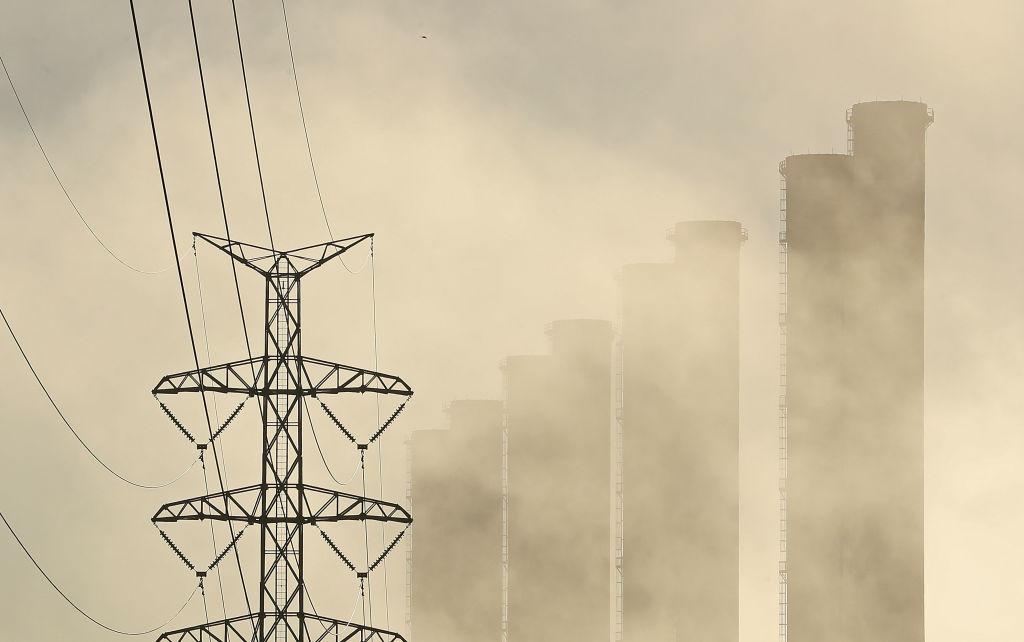Millions of Australians will be confronted with another cost-of-living pressure, with electricity bills set to jump from July 1 after the national energy regulator announced the lift in response to soaring wholesale prices.
The Australian Energy Regulator (AER) revealed that the new default market offer (DMO), a price cap that protects consumers from unjustified high prices, will be up to $227 (US$160) more than last year for households in New South Wales, $165 in southeast Queensland, and $124 in South Australia.





